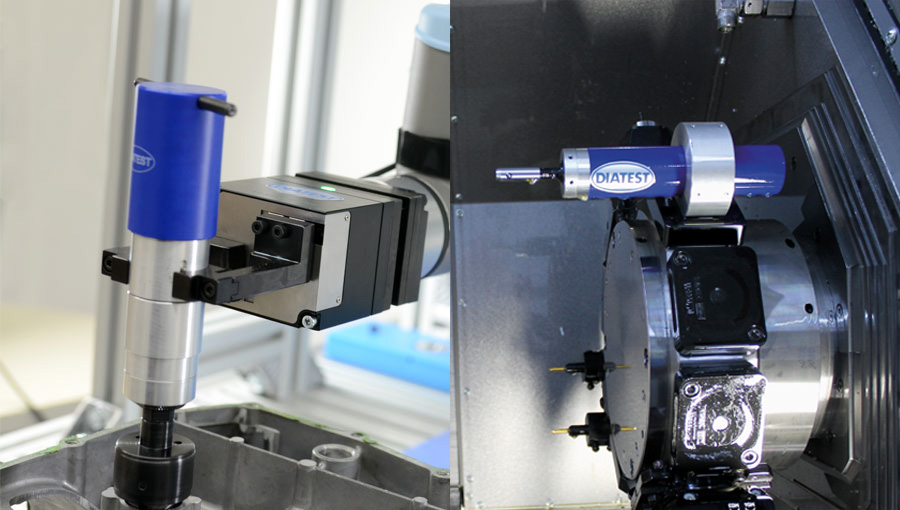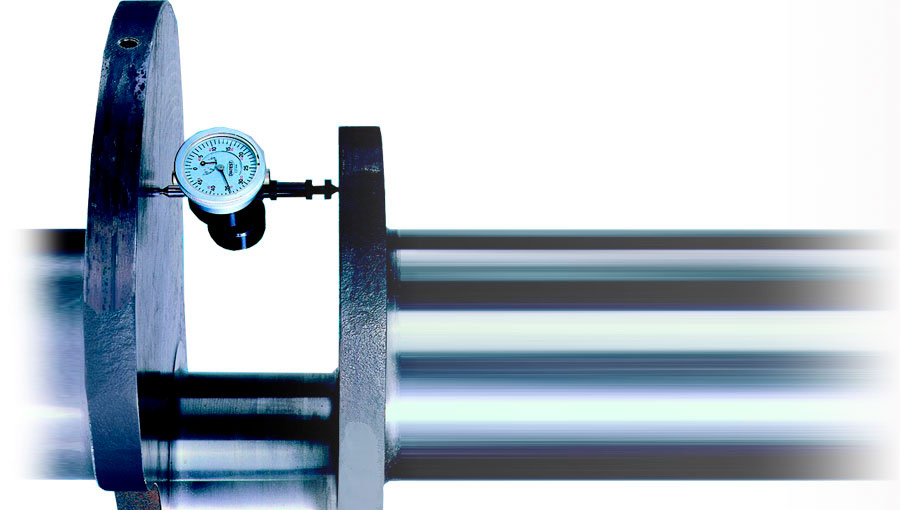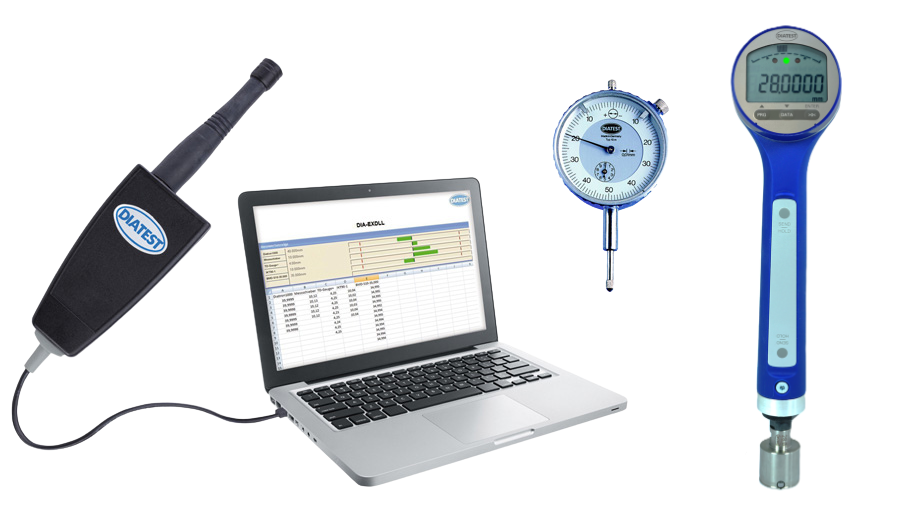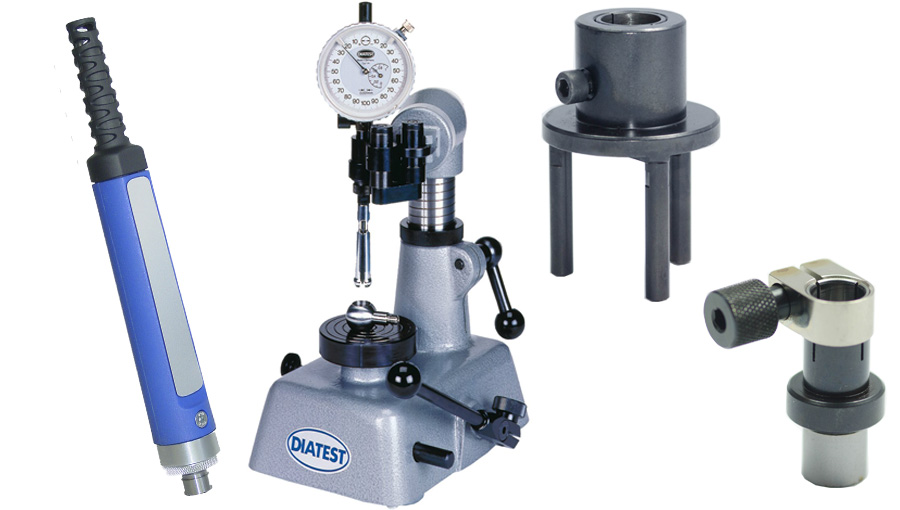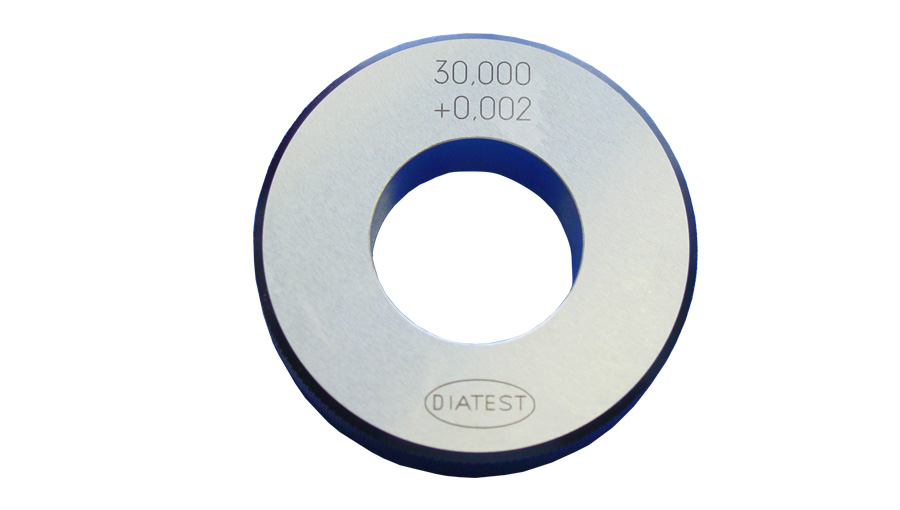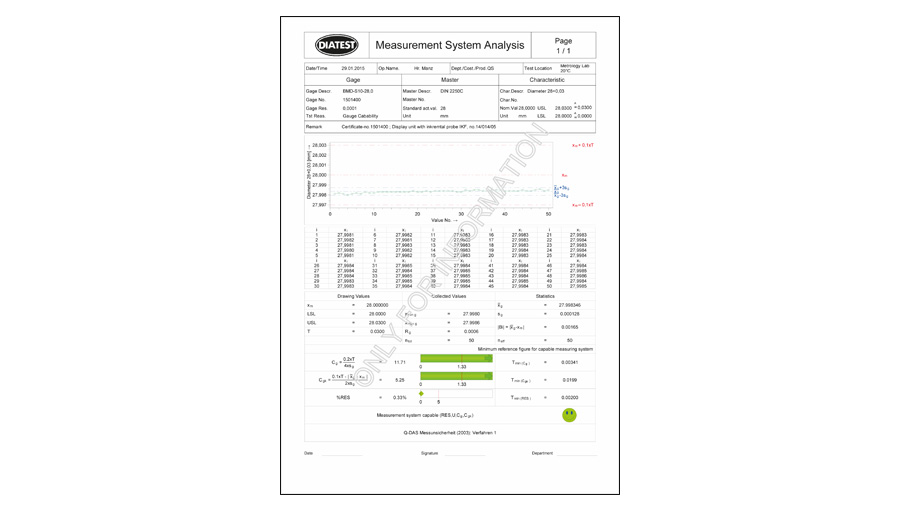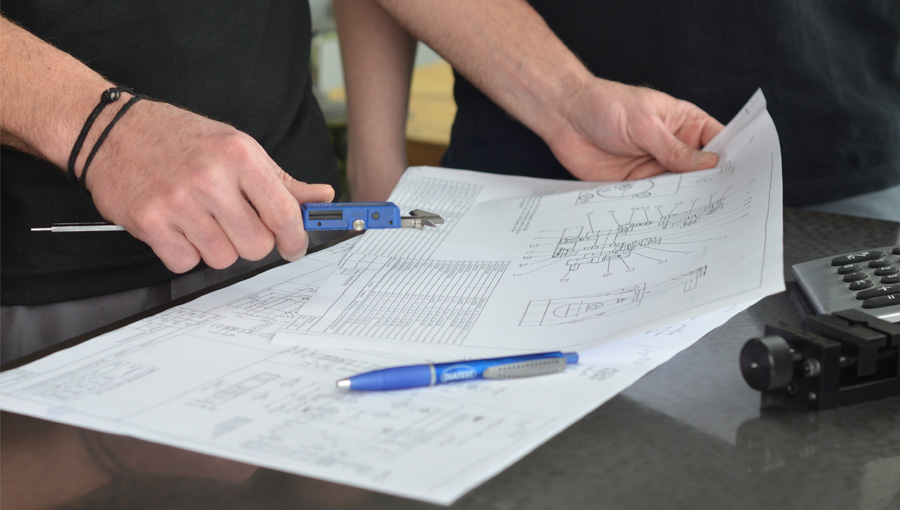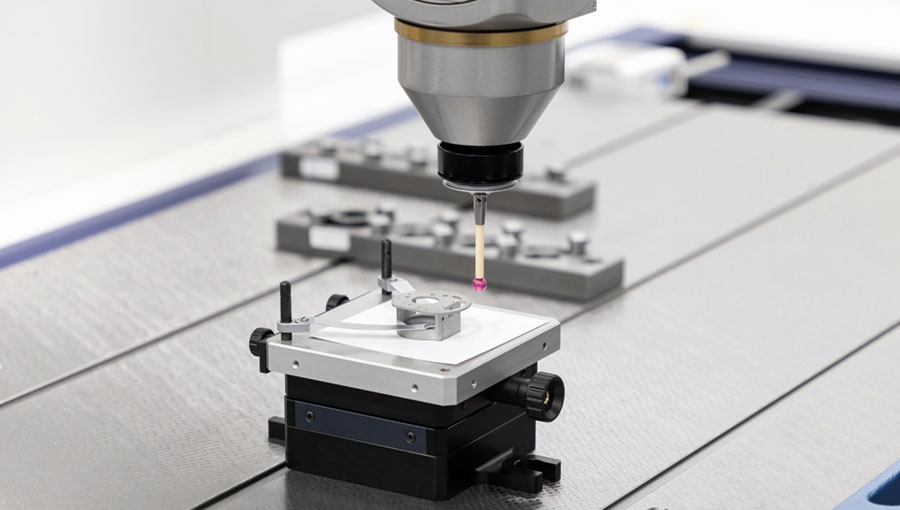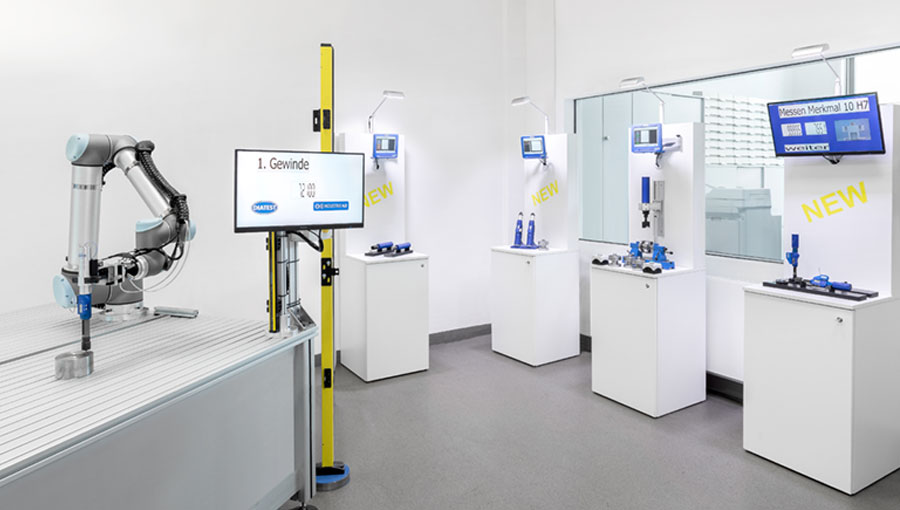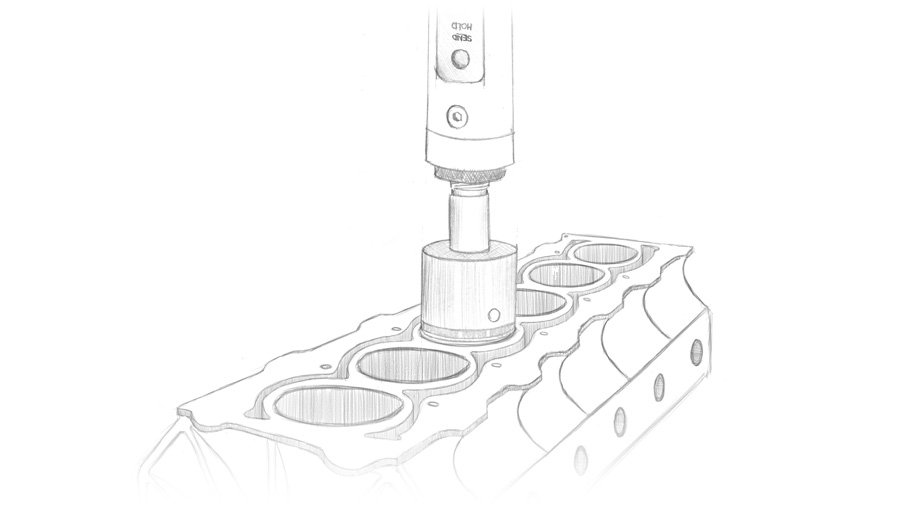Bassoon
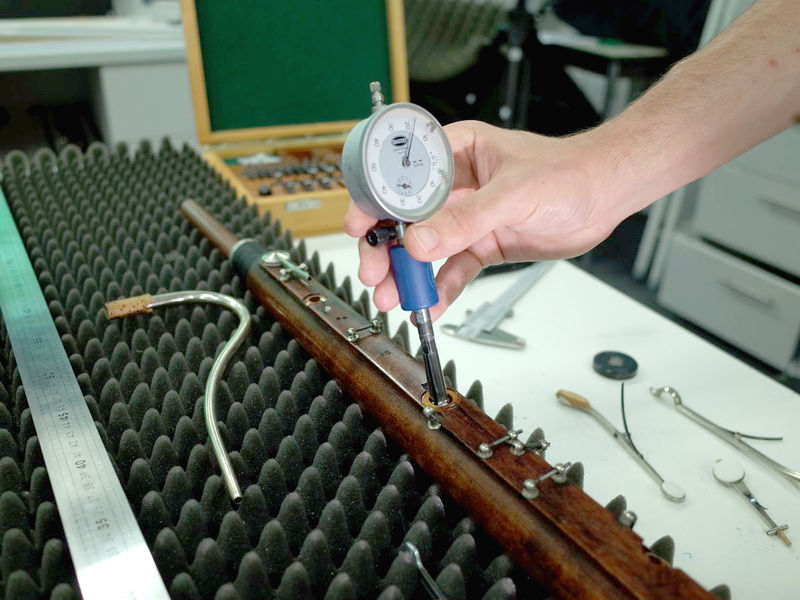
"Without music, life would be a mistake" (Friedrich Nietzsche, German philosopher).
In metrology, facts and data count. It is about technical workpieces or machines, efficiency and economy.
But what happens when such clear and unambiguous metrology meets historical musical instruments? Old musical instruments made of wood, which have been used by many people through the centuries to enchant others with their music?
The Detmold University of Music HfM (https://www.hfm-detmold.de/) and the French Research Institute for Digital Science and Technology (https://www.inria.fr/) have joined forces to investigate an interesting question:
What is the connection between the shape of a woodwind instrument and its sound?
Timo Grothe from the Music Acoustics Team of the "Erich-Thienhaus Institute" (https://www.eti.hfm-detmold.de/de/) of the HfM and Augustin Ernoult from the "Makutu" team (https://team.inria.fr/makutu) of the INRIA examined a "Bassoon", a historical French bassoon, for this purpose.
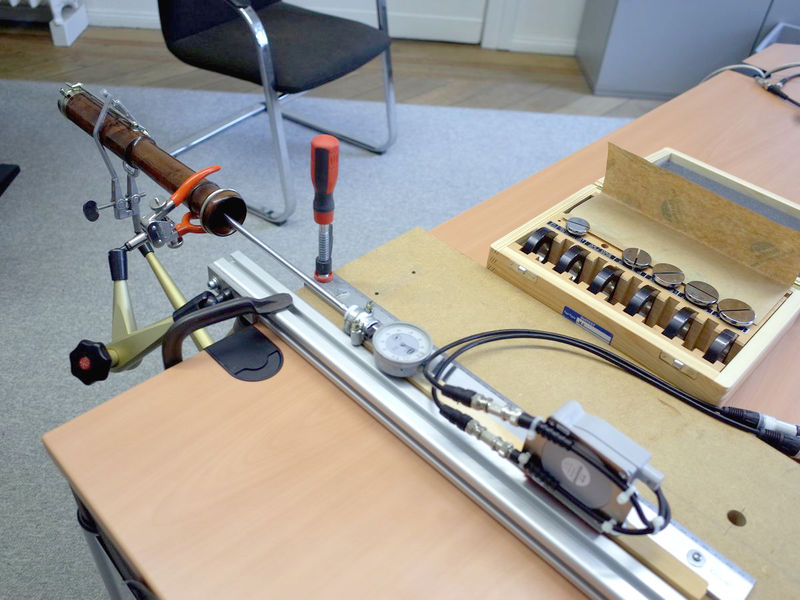
The acoustics of woodwind instruments is the focus of this research. The aim is to better understand the relationship between the sound and the construction of the instrument.
The crux of the matter is the resonance frequencies of the air column. The human ear detects the slightest differences in frequency and the instrument sounds out of tune: Pitch deviations smaller than 1 % can be clearly heard. In order to calculate resonance frequencies with this accuracy, the geometry must be measured just as precisely.
For an instrument like the bassoon - a 2.5m long slender cone that widens from 4 to 40 mm - this is a challenge.
DIATEST split-ball probes offer a good compromise between practical measuring effort and achieved measuring accuracy. Especially for the narrow tone holes, which are drilled into the wooden body of the bassoon at different angles to the longitudinal axis and some of which are reamed out conically.
Several DIATEST split-ball probes and various accessories were used to measure the exact diameter of the tone holes and the cone at different points. The measurement data obtained in this way provide another important building block for scientific explanations of the relationship between sound and and air-column design.
Based on the theory of acoustic waveguides, statements about tuning can now be obtained from a geometric model of the instrument, for example.
It was astonishing to see the precision with which instrument makers were already making musical instruments at that time.
We are pleased that we were able to support the Detmold University of Music and the INRIA from France in their research work! We thank Mr Timo Grothe and Mr Augustin Ernoult for giving us a deeper scientific insight into the world of musical instruments.
Without music, our world would be infinitely poorer, because "music is a higher revelation than all wisdom and philosophy" (Ludwig van Beethoven, German composer and pianist, 1770 - 1827).
Here are some interesting facts about the bassoon:
A bassoon is a woodwind instrument in the tenor and bass registers with a double reed mouthpiece. It developed in the mid-17th century from the dulcian, the forerunner of the bassoon. Double reed means that a pair of similar, opposing reeds is made to vibrate. Over the centuries, the shape, number of finger holes and keys changed. Today, a modern bassoon has between 22 and 24 keys and can be found in all major orchestral performances. The term bassoon probably comes from Latin "bassus"or Italian "bassone" meaning short, low.
Links to the organisations involved
Hochschule für Musik Detmold (https://www.hfm-detmold.de/)
Erich-Thienhaus Institut der HfM Detmold (https://www.eti.hfm-detmold.de/de/)
Institut national de recherche en sciences et technologies du numérique (INRIA) (https://www.inria.fr/)
Team "Makutu" des INRIA (https://team.inria.fr/makutu)

